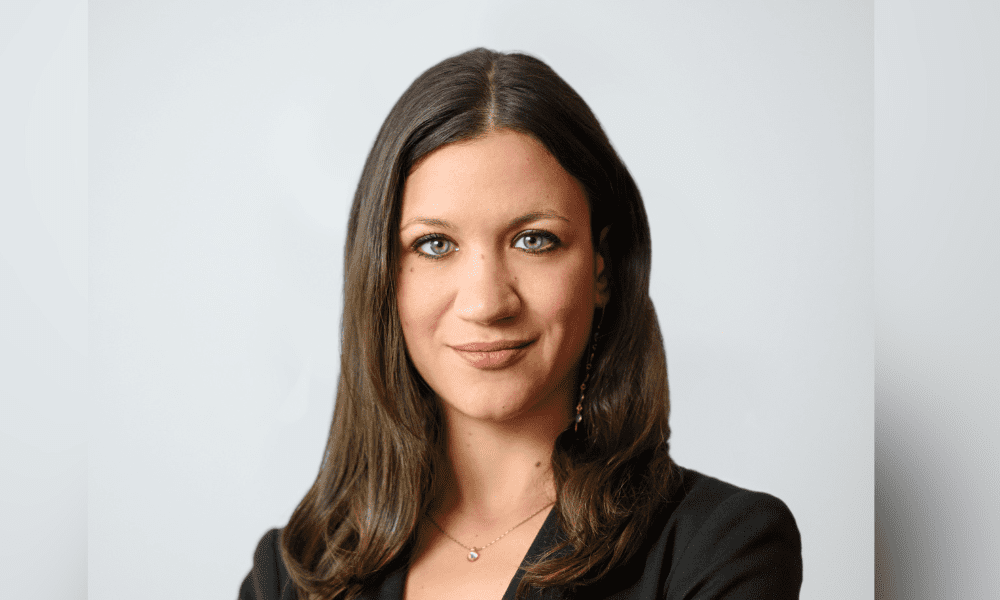Here's how to tweak ETF portfolios to be more defensive now

“They’ve been really popular this year because it means owning high quality dividend stocks, which are backed by solid cash flows. They’re large cap blue chip names, but they provide a yield of 6.5% to 8%,” she said,. “When markets are down right now, that really helps advisors a lot when their clients are statements down. It’s really tax efficient as well.”
While there has been a painful reset in the bond market, Toth said investment grade laddered corporate bonds now also look more attractive than they have in years because the yields have increased so quickly. So, she’s expecting clients to allocate more to fixed income in the next year because “the yields are going to warrant it
Toth said the panellists noted that this slump is not going to last forever, so advisors should be positioning their clients for more growth-oriented areas. Going to covered call large cap big technology can, she added, “turn the current volatility into a source of cash flow.” Canadian banks have also taken it in the chin lately, but “they’re starting to trade at very attractive multiples”. One of BMO’s portfolio managers has also done research showing that when the yield for Canadian banks is over 4%, she said, “that’s historically been a really good time to buy because the next 18 months performance tend to be really strong when the yields go up that high. So, that was suggested as a pocket of value to consider for positioning for the eventual rebound.”
Renewable energy is also looking better now that the U.S. has passed its Inflation Reduction Act, which aims to boost infrastructure spending, especially on renewable energy.
“We think there’s going to be a lot of investment in that area going forward and certainly the valuations are looking a lot more interesting in that sector,” said Toth. “It’s a better entry point than it was a year ago, so it could be an area of good potential growth.”




